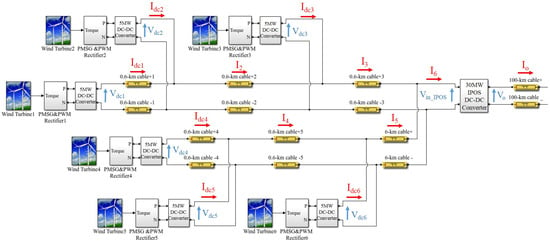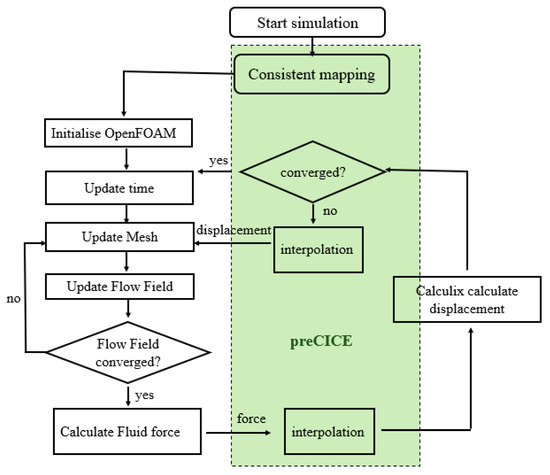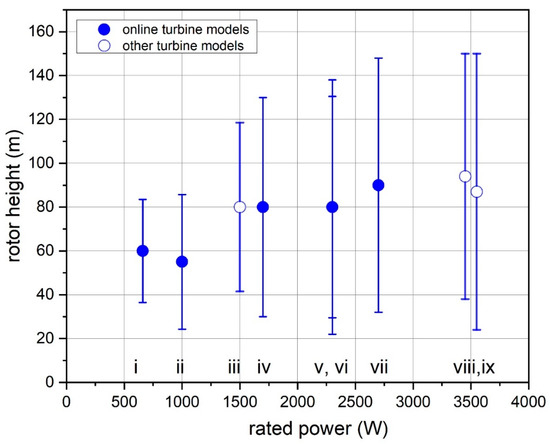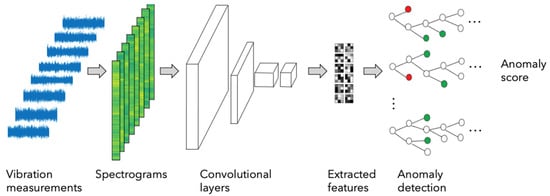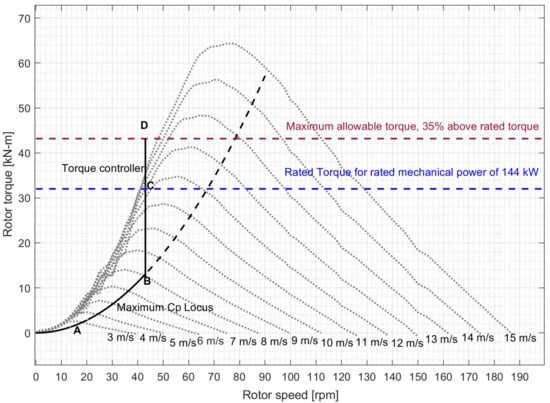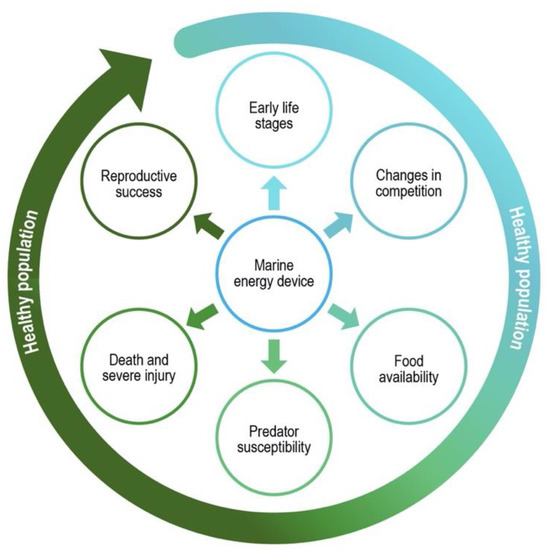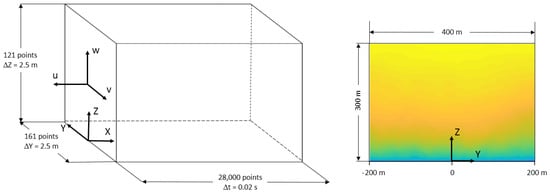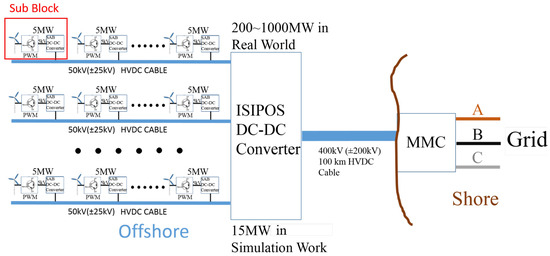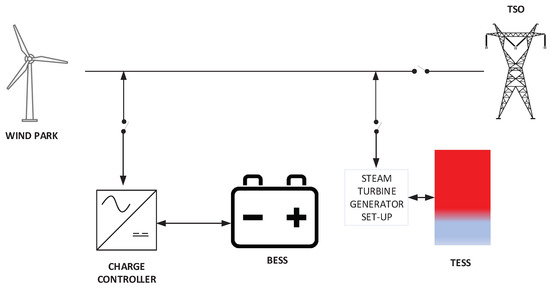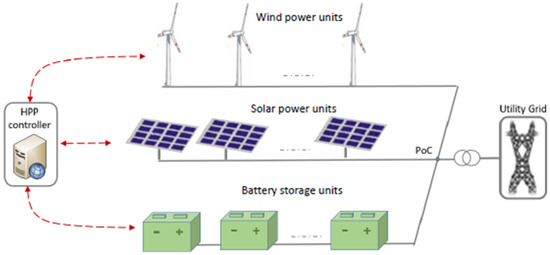Women's Research in Wind and Ocean Energy
A topical collection in Energies (ISSN 1996-1073). This collection belongs to the section "A3: Wind, Wave and Tidal Energy".
Viewed by 48604Editors
Interests: wind power plants modelling, integration and control; ancillary services provision and coordination from and between wind power plants; operation and optimization of distribution networks by employing WPPs technical capabilities
Special Issues, Collections and Topics in MDPI journals
Interests: wind farm flow modelling and control; wake modelling and control; wind farm control; wind power forecasting; wind farm operation monitoring; AI and machine learning applications in wind energy; wind turbine structural state monitoring and forecasting; wind power market participation
2. Department of Industrial Engineering, University of Trento, 38122 Trento TN, Italy
Interests: ocean energy; control of wave energy converters; marine energy grid integration, microgrids and offshore isolated power systems; power quality; HVDC and HVAC power transmission; energy storage applications; subsea power distribution
Special Issues, Collections and Topics in MDPI journals
Interests: wave and tidal power; grid integration; decentralized optimal energy management; dynamic rating
Special Issues, Collections and Topics in MDPI journals
Interests: marine renewable energy; modelling of fluid-structure-interaction for wave energy converter; bio-inspired tidal energy device and offshore floating wind turbine
Special Issues, Collections and Topics in MDPI journals
Topical Collection Information
Dear Colleagues,
The Collection "Women's Research in Wind and Ocean Energy" is dedicated to research teams including women scientists who deal with wind and ocean energy topics such as:
- wind/ocean power grid integration
- wind/ocean farms optimal design and control
- wind/ocean power plants’ ancillary services
- wind/ocean climate modelling and monitoring
- wake steering
- new concepts for wind, wave and tidal energy converters
- modelling and control of wind/ocean energy converters
- multi-sources & multi-purposes offshore power plants
This Collection aims to illustrate the contributions of gender-diverse research teams in the field of wind, wave, tidal, and ocean thermal energy and their integration into the electrical power systems. Contributions from women scientists are therefore strongly encouraged in order to promote gender equality, celebrate, and foster a research environment where wider diversity is valued.
Wind and ocean (particularly wave and tidal) energy systems offer a vast potential for growth worldwide. The onshore and offshore exploitation of wind, as well as nearshore and offshore wind/ocean energy absorption are setting new challenges for economic development, while simultaneously reducing carbon emissions. In Europe, wind energy is expected to be the leading technology to enable the economy to recover after the COVID-19 emergency and towards the European Green Deal’s goal of being a climate neutral continent by 2050. Although at an earlier stage of development, other ocean energy technologies will also contribute to such ambitious targets and to revitalizing Europe’s coastal regions. The U.S. has a large offshore wind and ocean energy resources with a power potential of more than 2,000 gigawatts (GW). This potential presents an enormous opportunity to deliver large amounts of clean and reliable electricity to the country’s largest population centers, where it is needed most. According to IRENA, a prominent shift in deployment will also happen in Asian waters in the next decades. Asia will dominate the global offshore wind power installations by 2050, followed by Europe and North America.
Prof. Dr. Anca D. Hansen
Dr. Tuhfe Göçmen
Prof. Dr. Elisabetta Tedeschi
Dr. Anne Blavette
Dr. Qing Xiao
Collection Editors
Manuscript Submission Information
Manuscripts should be submitted online at www.mdpi.com by registering and logging in to this website. Once you are registered, click here to go to the submission form. Manuscripts can be submitted until the deadline. All submissions that pass pre-check are peer-reviewed. Accepted papers will be published continuously in the journal (as soon as accepted) and will be listed together on the collection website. Research articles, review articles as well as short communications are invited. For planned papers, a title and short abstract (about 100 words) can be sent to the Editorial Office for announcement on this website.
Submitted manuscripts should not have been published previously, nor be under consideration for publication elsewhere (except conference proceedings papers). All manuscripts are thoroughly refereed through a single-blind peer-review process. A guide for authors and other relevant information for submission of manuscripts is available on the Instructions for Authors page. Energies is an international peer-reviewed open access semimonthly journal published by MDPI.
Please visit the Instructions for Authors page before submitting a manuscript. The Article Processing Charge (APC) for publication in this open access journal is 2600 CHF (Swiss Francs). Submitted papers should be well formatted and use good English. Authors may use MDPI's English editing service prior to publication or during author revisions.
Keywords
- wind/ocean power plants modelling and control
- wind/ocean power converters optimal design and control
- wind/ocean climate modelling and monitoring
- multi-sources & multi-purposes offshore power plants
- technical requirements of grid-connected wind/ocean power plants
- techno-economic analysis of wind/ocean farms and wind/ocean power grid integration
- law and governance related to wind/ocean energy
- storage for wind/ocean power
- environmental impact of wind/ocean farms









